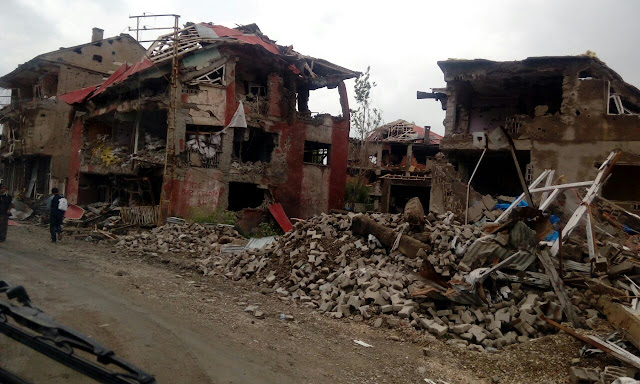5:08 PM - 
 No comments
No comments

 No comments
No comments
Abc First year of life
The First Year of Life was the first series of ABC articles commissioned and published weekly by the BMJ and later collected and
published as a book. This new fifth edition is called ABC of the First Year to identify it with the ABC series. The ABC series is
continuing to tackle new subjects in all branches of medicine and surgery: 46 series have been published and 43 books are still in
print. The first edition of The First Year of Life was printed in black and white and some colour was introduced in the last edition.
The majority of the pages in this new edition are in colour and nearly 100 new photographs have been added. Each chapter has
been thoroughly revised with considerable changes in the chapters on prenatal assessment, infants of low birthweight, breathing
difficulties in the newborn, and diarrhoea. The charts for developmental review have incorporated the latest recommendations of
the Department of Health. New sections have been added on the infant of low birthweight at home, advice on travelling abroad
with an infant, and paediatric HIV infection.
The book was written for family doctors, GP vocational trainees, medical students, midwives, and nurses. It has become the
standard textbook for several undergraduate and postgraduate courses. The emphasis has been on the practical aspects of
management, based on clinical experience, but theory is introduced where it is essential for understanding the basis of
management. No previous experience of paediatrics is assumed.
I welcome Dr Roslyn Thomas who has joined me as co-author of this edition. I wish to thank the staff of the BMJ, and
especially Alex Stibbe who has acted as midwife for the fifth edition of the book, and my wife who has constantly supported me
and encouraged me to write.
For ease of reading and simplicity a single pronoun has been used for both feminine and masculine subjects; a specific gender
is not implied.
For Download PDF






